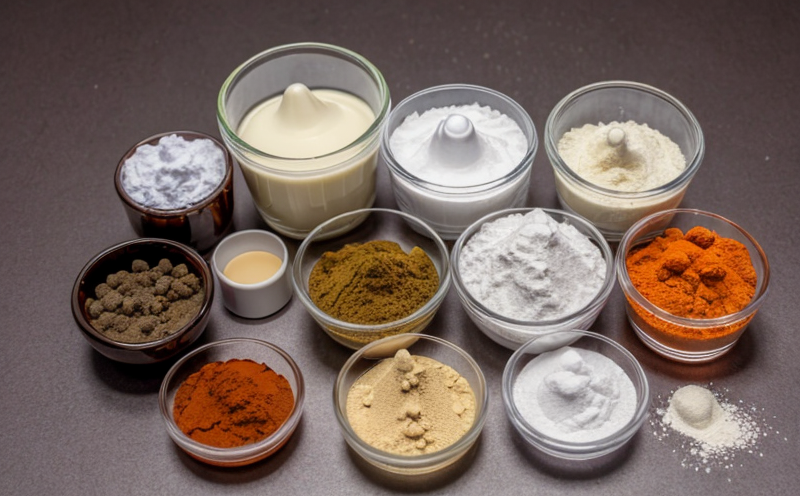Optical Microscopy Particle Testing
In the pharmaceutical sector, excipients and formulation ingredients play a crucial role in ensuring drug product quality. Optical microscopy particle testing is an indispensable tool that helps identify and characterize particles within these excipients and formulations. This method provides detailed insights into particle morphology, size distribution, and other physical characteristics which are vital for compliance with regulatory standards.
The process typically involves preparing a sample by dispersing it in a suitable medium under controlled conditions to ensure accurate representation of the original material. The prepared slide is then examined using an optical microscope equipped with appropriate objectives and illumination techniques tailored specifically for particle analysis. Various staining methods may be employed depending on whether you need to observe internal structures or external features.
For pharmaceutical applications, understanding how particles behave within a formulation can influence not only the stability but also the efficacy of medicines. Particle size distribution affects dissolution rates; hence precise measurement is essential for optimizing drug delivery systems. Additionally, knowing about agglomerates helps avoid potential manufacturing issues such as caking or poor flowability during production processes.
Optical microscopy particle testing adheres to several international standards including ISO 13320:2009 and ASTM E564-18 which provide guidelines on best practices for particle size analysis. Compliance with these standards ensures reliability across different laboratories worldwide, fostering consistency in quality assessment.
| Application Area | Description |
|---|---|
| Dry powder inhalers (DPI) | Ensuring proper dispersion and aerosolization of active ingredients. |
| Sustained release tablets | Analyzing the microstructure to predict drug dissolution profile. |
| Pulmonary delivery systems | Evaluating particle size and shape for efficient lung deposition. |
Scope and Methodology
The scope of optical microscopy particle testing encompasses various parameters relevant to excipients used in pharmaceutical formulations. These include but are not limited to particle size, shape, aspect ratio, agglomeration state, and surface characteristics.
To conduct this test accurately, specimens must first be prepared by dispersing them onto a clean glass slide using appropriate solvents or media. Careful attention should be paid during preparation to avoid introducing contaminants that could affect results. Once the sample is ready, it can be viewed through an optical microscope operating at magnifications ranging from low power (x10) up to high power (x400).
During observation, particles are identified based on their appearance under different lighting conditions such as transmitted light, reflected light, and darkfield illumination. For quantitative analysis, images of representative areas are captured using digital cameras attached to the microscope. Image processing software then processes these images to extract relevant measurements like diameter, length, width, perimeter, area, etc.
Benefits
- Precise quantification of particle sizes and distributions
- Identification of agglomerates and irregular shapes indicative of poor processing conditions
- Support for development of new formulations by providing foundational data on excipient behavior
- Ensures adherence to regulatory requirements set forth by agencies like FDA, EMA, WHO etc.
Industry Applications
- Quality assurance in manufacturing processes where excipients are critical components.
- Research and development activities focused on improving the performance of existing formulations or creating novel ones.
- Diagnostic tools for troubleshooting issues encountered during production runs such as batch failures due to particle-related defects.





